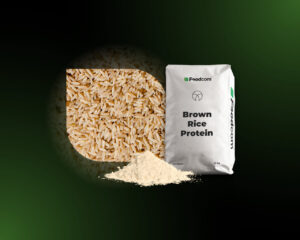- Indian weather-resistant rice.
- More stable yields and lower production costs.
- Breeding technologies that increase the productivity of dairy herds.
- India’s agricultural offensive and the global market.
New rice varieties boost crop yields
India is developing new rice varieties adapted to increasingly variable climatic conditions. The country, one of the largest producers of this cereal, is particularly affected by droughts interspersed with erratic rainfall. The developed varieties have a higher tolerance to water shortages and high temperatures, allowing them to maintain stable yields regardless of weather conditions. The use of advanced genetic selection methods and environmental analysis has made it possible to adapt the plants to local climatic conditions. As a result, the crops are expected to produce higher and more stable yields.
The first varieties are already ready for market, and more are still undergoing national field trials. Ultimately, the new rice is expected to help farmers reduce costs, increase productivity and improve food security. In the long term, such developments could strengthen India’s position in the global rice trade and increase exports at times when weather limits production in other parts of the world.
A broader strategy to modernise agriculture
Investment in resistant rice varieties is part of a broader strategy to modernise Indian agriculture. The development of new technologies is intended to allow more efficient use of natural resources and increased food security with less environmental impact. This is why solutions are being promoted that reduce the use of water and fertiliser, while promoting income stability for producers.
Innovation also extends to the livestock sector. In the state of Bihar, a state-of-the-art sperm sorting facility is in operation, resulting in more female calves being born. A higher proportion of heifers in the herd translates into increased milk production and more stable incomes for farmers. The Government there does not act seasonally, but thinks about agriculture in a long-term way. The seeds of change have been sown and India seems poised to reap a truly bountiful harvest from it.








